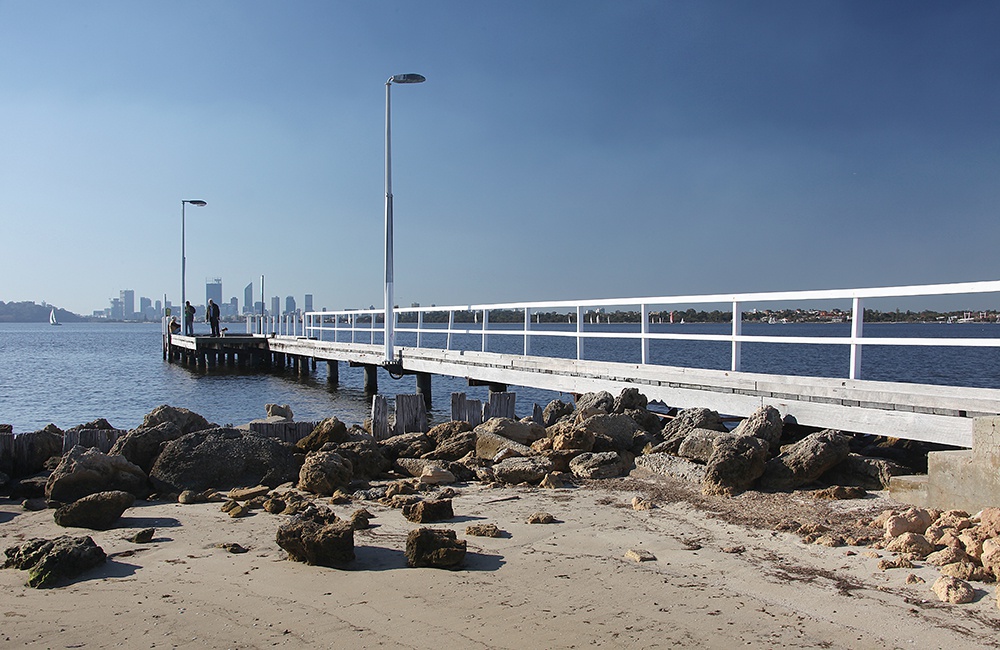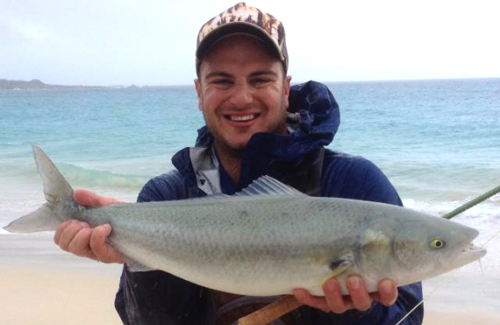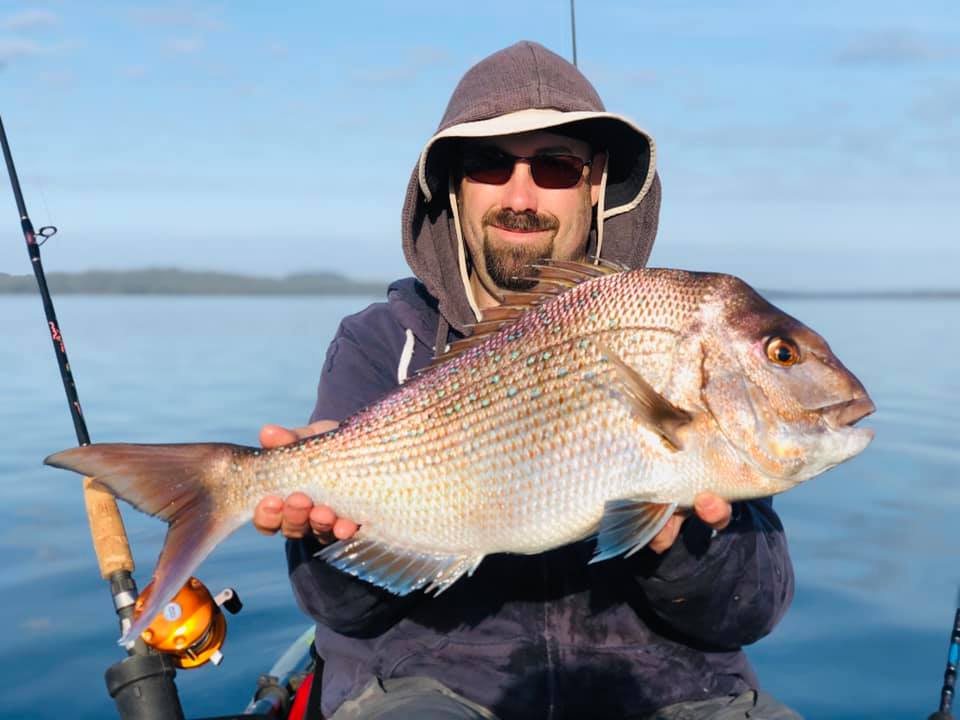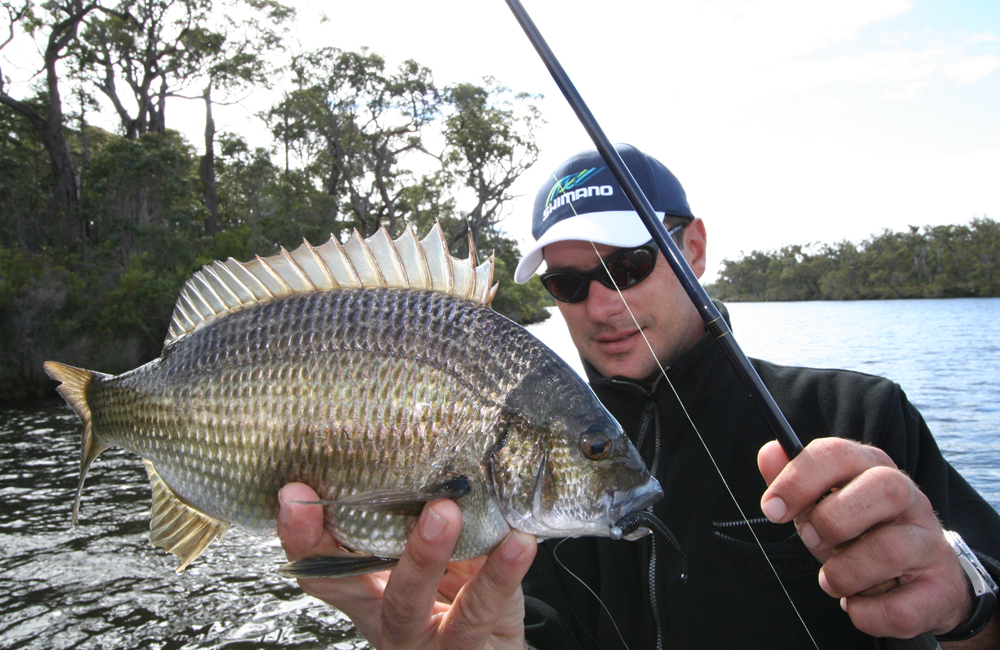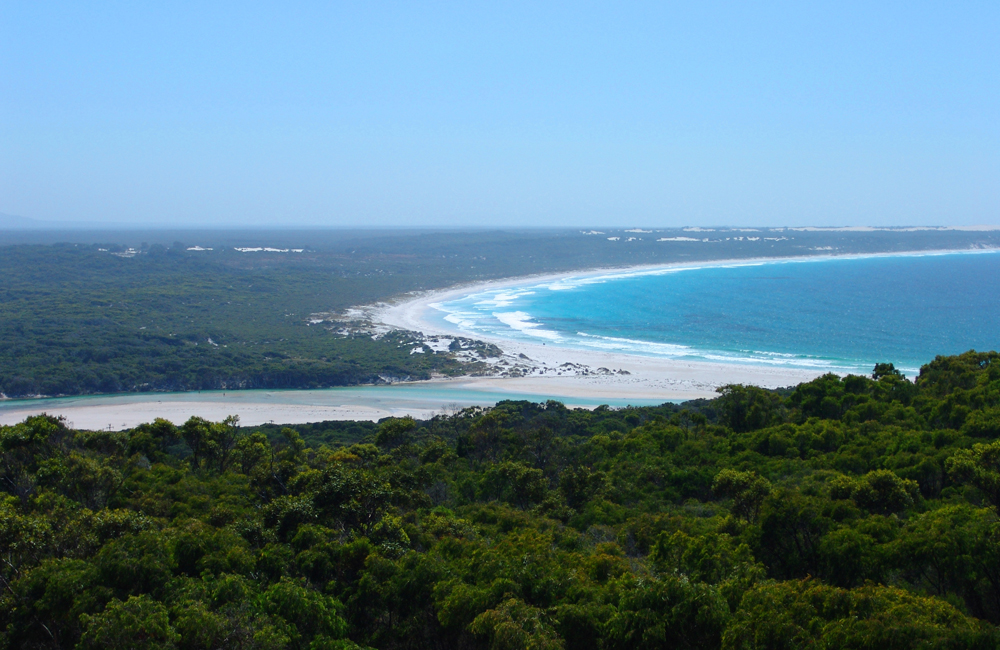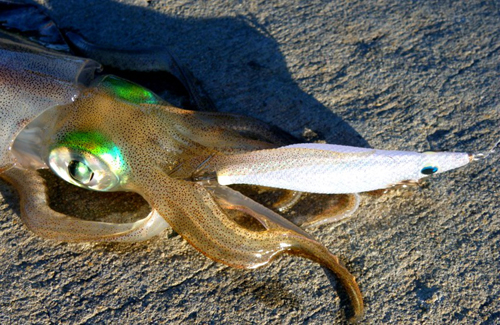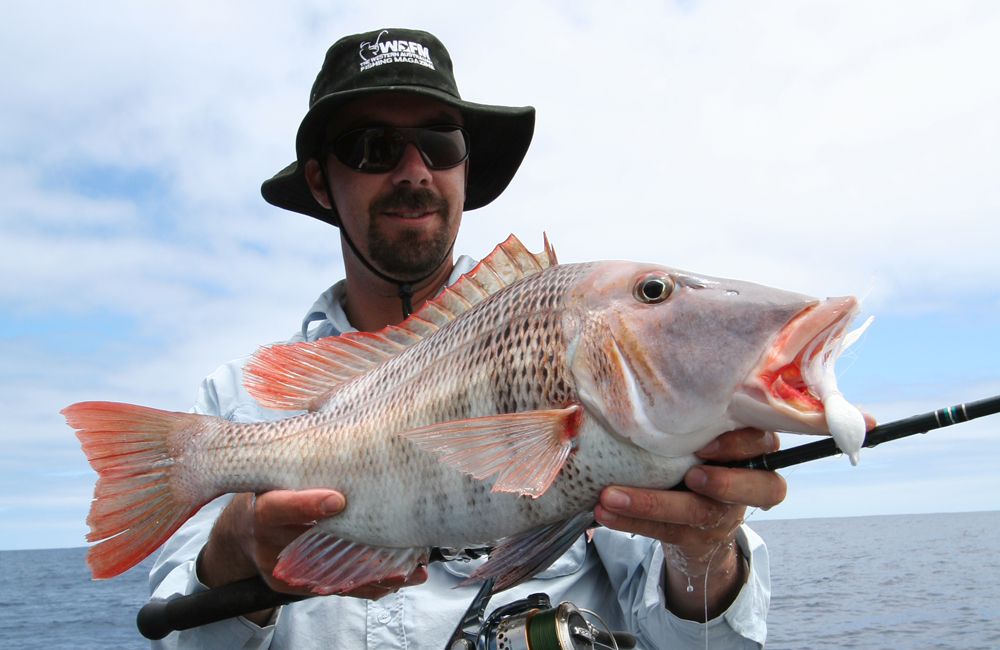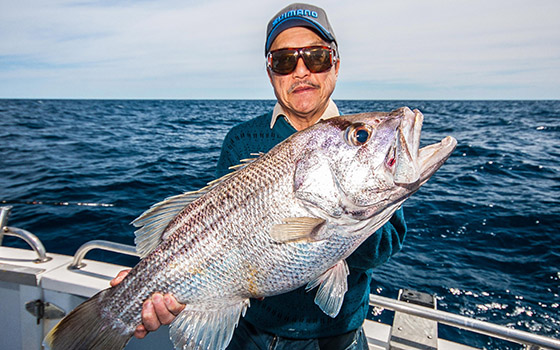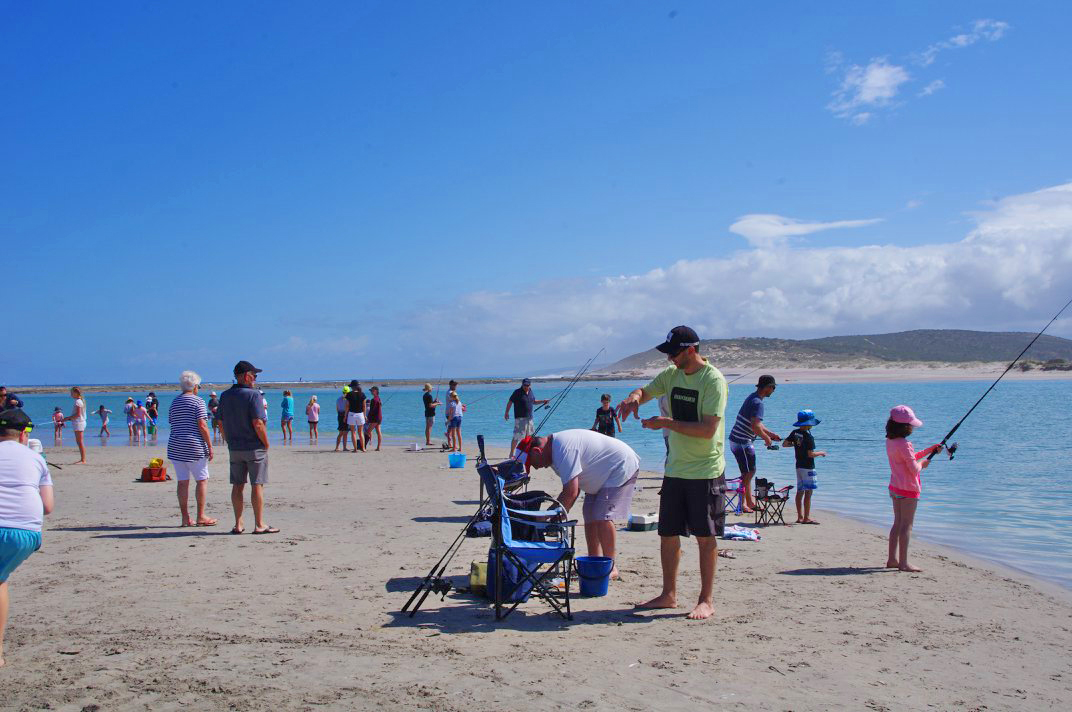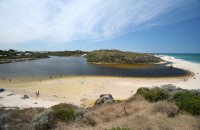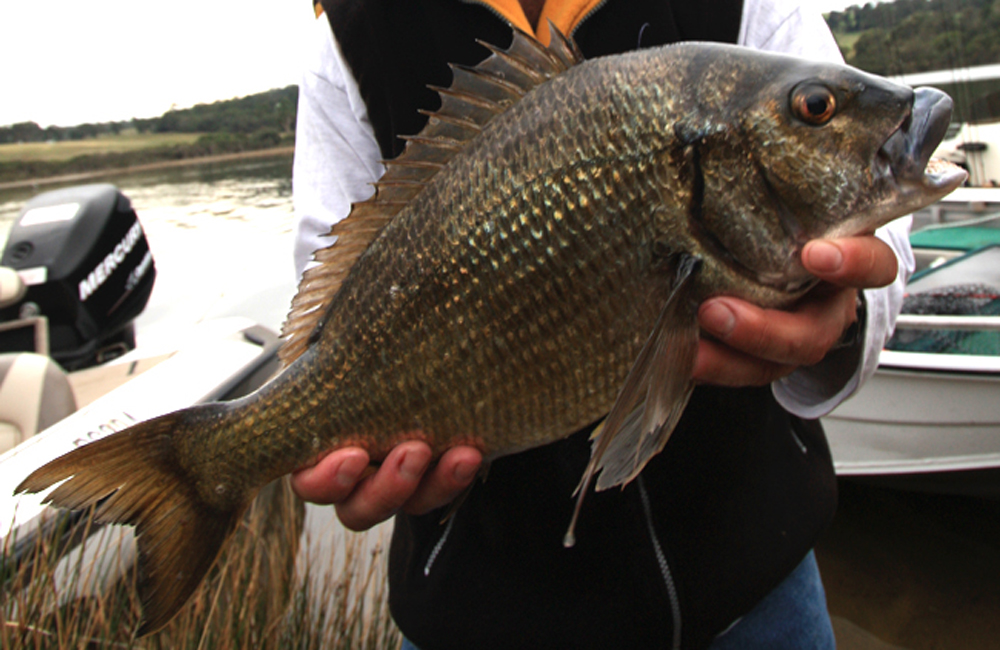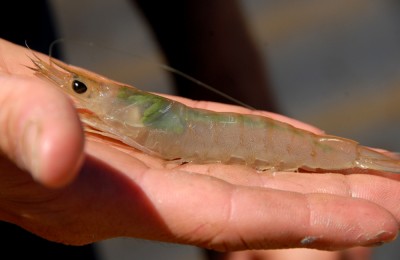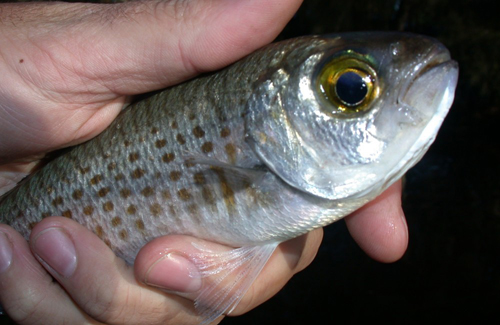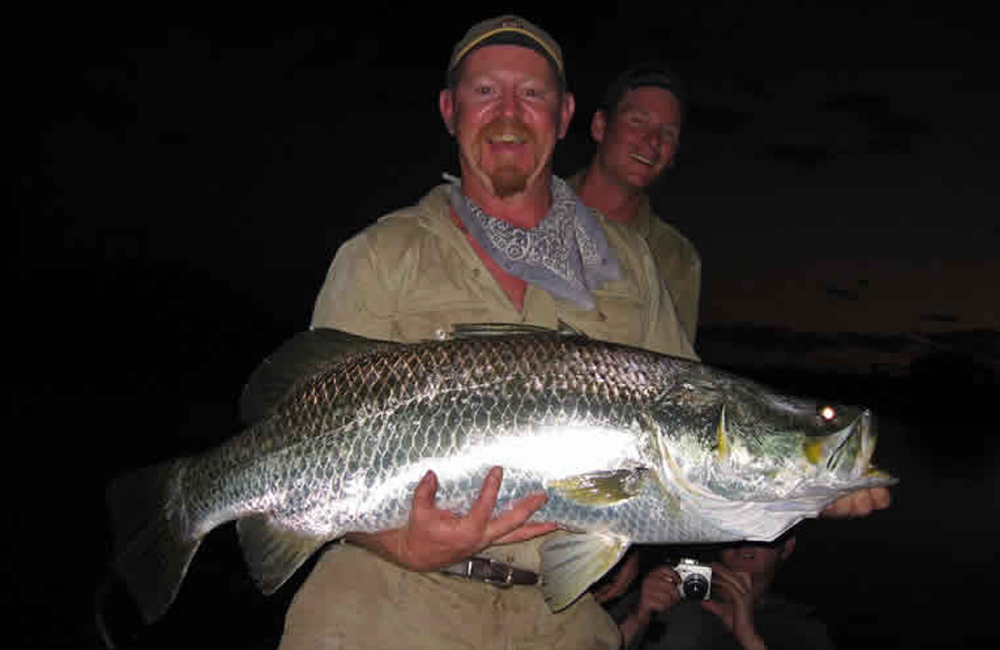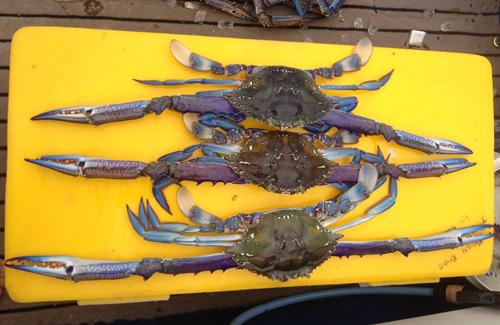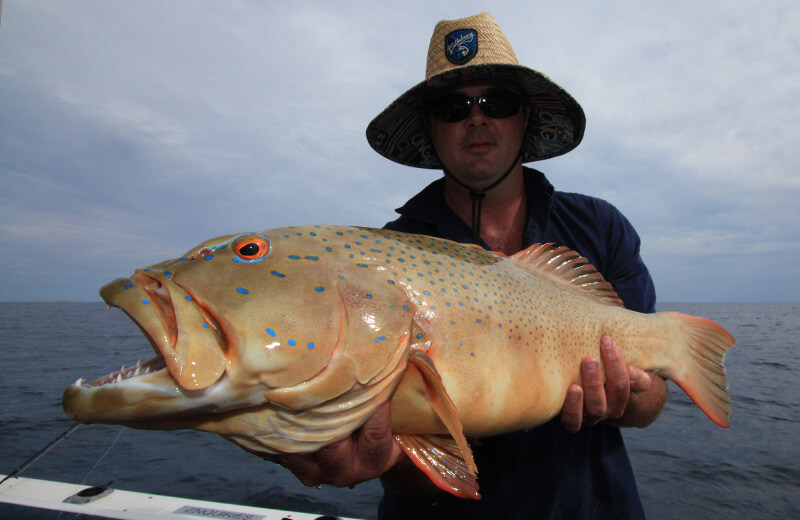How to Catch Black Bream
Rigs and Techniques
Using a light spinning rod with a 3-5kg mono line and a 4-8kg mono leader to avoid bust-offs on structures. Depending on whether you want to fish with bait or lures you may want to adjust your outfit, but this one will be effective as a good all-rounder.
For fishing for black bream the most common bait is river prawns, although others such as blood worms, yabbies and bait fish can be effective. Use a small hook and fish it either without a sinker or with a free-running sinker as small as you can get it. Drop the bait to the bottom and let it run in the current. Black bream can be timid biters so make sure you give them plenty of slack and let them take the bait before setting the hook.
For fishing black bream with lures, a technique which is gaining in popularity, minnow lures and even soft plastics are effective when cast towards structures with a slow-to-mid retrieval, flicking the rod tip occasionally to mimic bait movements.
Don’t forget to check if you need a WA fishing licence before heading out.
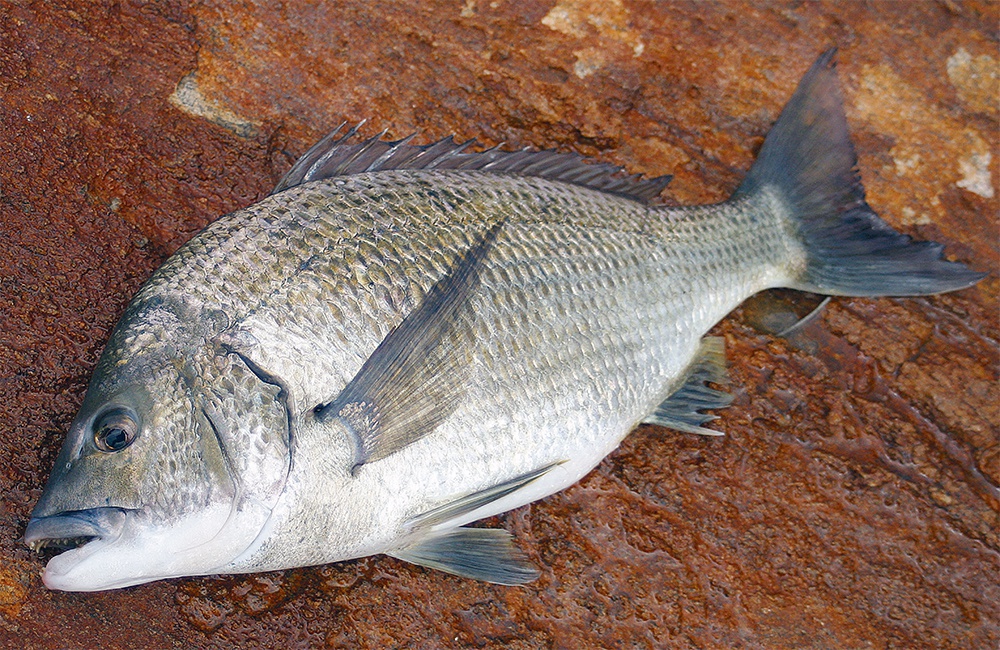

BLACK BREAM FACTS
Other names
Acanthopagrus butcheri, bream
WA Distribution
Found from Shark Bay in the north all the way to the South Australian border in the south. They are found only in estuaries and rivers and are often found close to structures such as jetties, pylons, snags and drop-offs but can sometimes be caught cruising on shallow flats or in deep water.
Description
Black bream can be confused with the western yellowfin bream, however these two species are seldom found in the same areas and black bream can be distinguished by the brownish ventral and anal fins as opposed to the distinctly yellow fins of the yellowfin bream. Black bream have a nearly scale-less head with a mouth of moderate size compared to its body size. Additionally black bream have spines on their dorsal, ventral and anal fins. Black bream can reach sizes in excess of 40cm and 2kg, but are most commonly caught in the 25-35cm range.
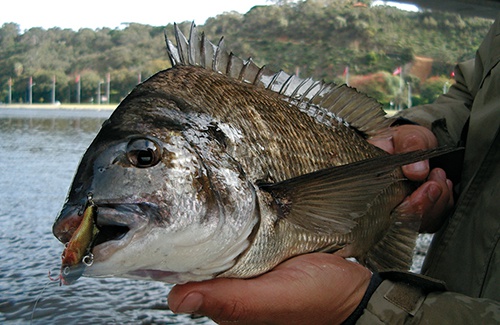
Winter Bream
Find out how to catch some big black bream during the winter months in our Winter Bream article.



